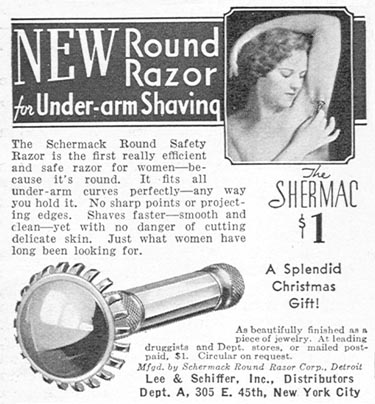Consider this a catch-all post showing the many ways in which marketers use the excuse of gift-giving to reinforce gender stereotypes.
Exhibit One: Katrin sent along this example from Zazzle. She writes:
The gift guide section is great… Men fish, hunt, are tech nerds, BBQ kings, and are in the military. And, if you really have to, there is a “Metro Man gift” section as well. Women are animal lovers, spiritual, environmentalist, interior designers, teachers, brides, sorority members AND they “support the troops” as military wives. Of course THEY are NOT soldiers. Just like men cannot be married to and much less, support, a woman in the military. The only thing men and women have in common? The 80s.




Exhibit Two: Keely W. sent along this delightful gift suggestion. Moms, need a gift that costs just a little but seriously pays off? Buy your daughter these eyebrow tweezers! They’ll make for hours of wonderful mother-daughter time! Here’s to the intergenerational transfer of patriarchal beauty standards!

Exhibit Three: Maggie G. sent in these screen shots from the Lego website. First, notice that, just as with the dinosaur website we posted about recently, legos are assumed to be for boys, unless they are specifically for girls. The girls category in the bottom row makes all the other categories, by default, for boys:

If you click on girls, you get two options, Belville and Preschool:

Here’s what the Belville sets look like (all pink with horsies, puppies, and fairies!):

Legos aimed at younger kids are, I guess, gender-neutral… which is consistent with the increasingly pressure to gender-differentiate as kids get older:

Got any more gendered x-mas guides? Send them in and I’ll start a post for next year.
See also this post on gendered gift-giving guides.
Lisa Wade, PhD is an Associate Professor at Tulane University. She is the author of American Hookup, a book about college sexual culture; a textbook about gender; and a forthcoming introductory text: Terrible Magnificent Sociology. You can follow her on Twitter and Instagram.












